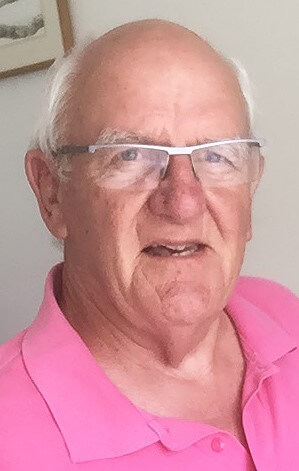A sojourn in New South Wales last week permitted me to catch up with matters concerning skin. Not the natural dermis that needs washing frequently, but skin as inherited from one’s forefathers (and mothers).
A very crude canvass of Sydney train passengers revealed, on several occasions, that by far the majority of the travellers were of Asian originality. Quietly getting on with their own business, many moving around as whole families and generally playing their part as good citizens. They were also very much to the fore in retail trades sometimes struggling to be understood by mono-lingual customers. But clearly enmeshing themselves into the fabric of Australian society.
Clearly Australia has experienced – and benefits from – a multi-cultural society while their trans-Tasman counterpart hides behind a slow moving, government driven, bureaucracy. Possibly to preserve roles for those already existing in New Zealand. That is all very good providing those who are being protected actually do want to do a day’s work and not rely on the largesse and protection of government-sourced handouts.
All that said there is the ‘other’ skin colour in Australia which has had an ugly side for many years. That of the indigenous people who either relate as Aboriginal or Torres Strait people. Who were not recognised by the Australian government census until 1967 – they were not accepted as even existing. Pretty damning and frankly appalling.
Yet over here is New Zealand (yes that is still the official name despite what you hear on TV1) the Maori have been recognised with differing success since around 1840. I will refrain from entering the ‘which version’ debate. And had Maori seats in parliament for well over a century.
Interestingly there is a large difference as to how indigenous people are confirmed in their identity on the two sides of the Tasman Sea. Possibly some of them somewhat spurious with different ‘goodies’ payable to, or gained by, those who lay claim to tribal or historic blood lines. It is what it is, but comparisons are somewhat foggy. The common bond between the two relates very much to alleged ownership of land. And history – with Aboriginal history stretching back many thousands of years further than that of Maoris.
But back across the ditch there is trouble brewing. On the matter of The Voice. Where a very serious attempt by the Australian federal government is being made to consider having an appointed indigenous committee to advise the sitting parliament on matters germane to their background and expectations. There is a huge rift appearing with newspapers full of views of both the Yes and No proponents with a noticeable female support of the latter. Interestingly a well-respected newspaper with a national readership devoid of state interference produced a two page spread last week quoting eminent national leaders including several retired judges taking up opposing sides on the discussion. And naturally a free-for-all bonanza for academics who will comment on anything provided there is a buck in it for them for their research portfolios.
Watch this space. Perhaps the Lucky Country ain’t so well blessed after all.









